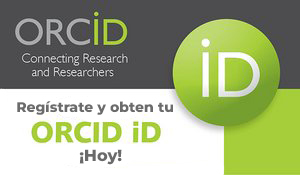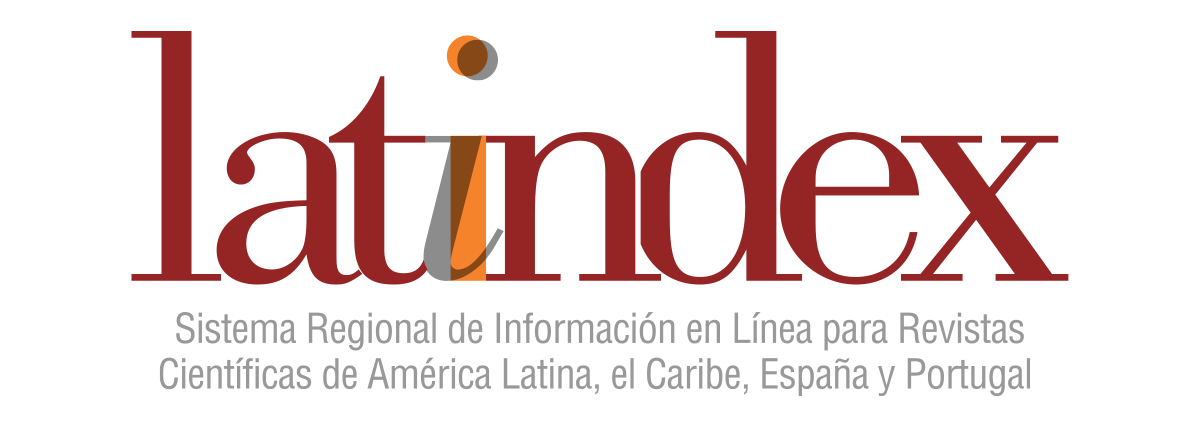2. Constructo holístico de Bagozzi-Phillips en estudio referente a la sobrecapacidad intelectual
The Bagozzi - Phillips Holistic Construct in a Study Referring to Intellectual Overcapacity
Palabras clave:
constructo holístico, malla teórica relacional, sobrecapacidad intelectualResumen
El presente artículo tiene como objetivo aplicar la Teoría del Constructo Holístico de Bagozzi-Phillips (1982) en un estudio referente a la sobrecapacidad intelectual en jóvenes universitarios. El modelo presenta cuatro tipos de relaciones que permiten estructurar la red teórica propuesta por los autores, uniendo los conceptos sobre un plano observacional y desde teorías de sustento. Como resultado del diseño de la red teórica se obtuvieron 3 conceptos teóricos, 4 conceptos derivados y 11 conceptos empíricos, que al relacionarlos arrojaron 4 hipótesis no observables, 5 definiciones teóricas, 8 reglas de correspondencia y 11 definiciones empíricas. Seguidamente se presenta una propuesta para validar dicha red que consta de dos fases: la validez de constructo y la predicción y prueba de hipótesis.
Descargas
Citas
Bagozzi, R. y Phillips, L. (1982). Representing and Testing Organizational
Theories: A Holistic Construal. 1982 Administrative Science Quarterly
Vol. 27, No. 3 ( pp. 459-489).
Campbell, D. y Fiske, D. (1959). Convergent and Discriminant Validation by
the Multitrait-Multimethod Matrix. Psychological Bulletin. Vol 56. No.
pp. 81-105.
Feigl, H. (1970). The “orthodox” view of theories: Remarks in defense as well
as critique. In Radner and Winokur, pp. 3–16.
Hempel, C. (1952). Fundamentals of Concept Formation in Empirical Sciences,
Volume II,7 of Foundations of the Unity of Science. Toward an International Encyclopedia of Uni- fied Science. The University of Chicago
Press, Chicago and London. References are to the two volume edition.
Hempel, C. (1965). Aspects of Scientific Explanation. New York. Free Press.
Hinings, C., Hickson, D., Pennings, J. y Schneck, R. (1974). Structural Conditions of Intraorganizational Power. Administrativa Science Quarterly,
pp. 22-44.
Joreskorg, K. y Sorbom, D. (1982). Analysis of Linear Structural Relationships
by the Method of Maximun Likelihood. Chicago: National Educational
Resources.
Popper, K. (1968). The Logic of Scientific Discovery. New York: Harper and
Row.
Zaltman, G., Pinson, C., y Angelmar, R (1973). Metatheory and Consumer Research. New York: Holt, Rinehart, and Winston, Inc., p. 37.
Publicado
Cómo citar
Número
Sección
Licencia
Derechos de autor 2023 REVISTA INNOVACIÓN Y GERENCIA

Esta obra está bajo una licencia internacional Creative Commons Atribución-NoComercial-CompartirIgual 4.0.






